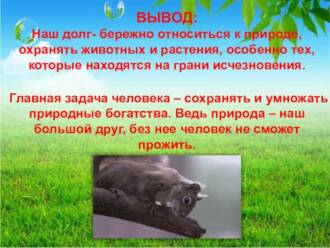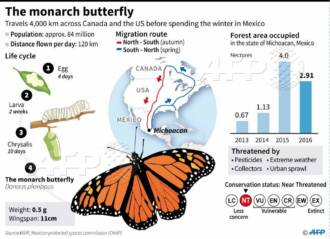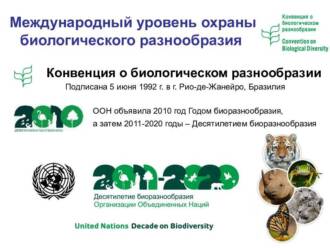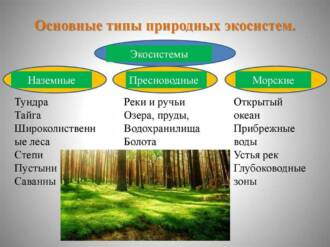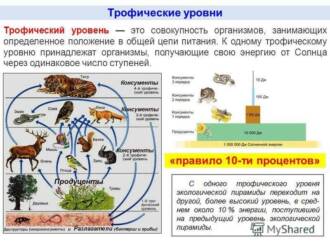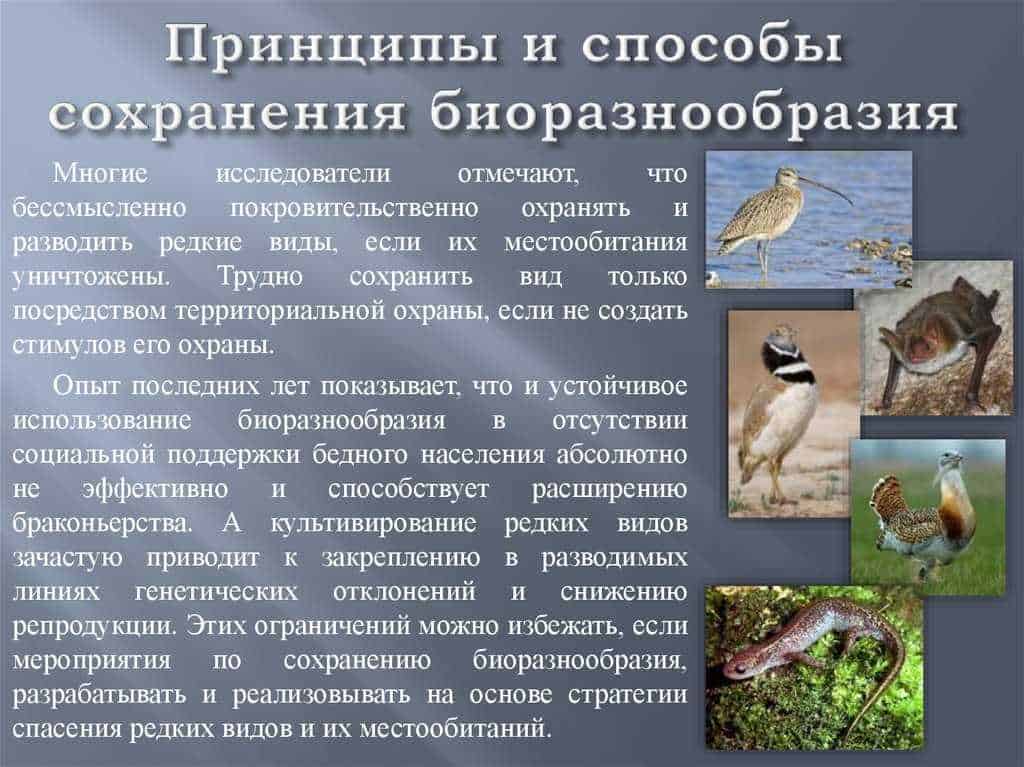
Butterflies are an integral part of the biodiversity of our planet and play an important role in its protection. They are one of the most beautiful and amazing creations of nature, but their significance is not limited to the aesthetic aspect. Butterflies play a direct role in maintaining the ecosystem and combating climate change and environmental threats.
First, butterflies are important plant pollinators. They carry pollen between flowers, aiding the pollination process and allowing plants to reproduce. Without butterflies, many plants will not be able to form fruits and seeds, which will lead to an imbalance in the ecosystem. In addition, butterflies play an important role in the conservation of plant diversity, as they prefer to pollinate different types of flowers and plants.
Secondly, butterflies are food for many other living organisms. They serve as a food source for birds, bats, insectivores and other predators. Therefore, their participation in the food chain plays an important role in maintaining the balance in the ecosystem.
Finally, butterflies are indicators of changes in the environment. Their presence and diversity are an indicator of the ecological stability and health of the ecosystem. Butterfly declines and diversity may be indicative of biodiversity disruption and environmental threats such as air pollution, habitat loss, and pesticide use.
In general, butterflies play an important role in protecting the planet's biodiversity. Their conservation and the protection of their habitats are key challenges in the fight against climate change and environmental threats. Therefore, it is necessary to take measures to preserve and restore butterfly populations, as well as to provide accessible and safe conditions for their habitat and reproduction.
The role of butterflies in biodiversity conservation:
Plant pollinators. Butterflies play an important role in plant pollination by carrying pollen from one flower to another. This contributes to the reproduction of plants and the maintenance of their population. Many species of butterflies have lengths that allow them to reach deep-seated flowers that other pollinators cannot reach. Thanks to this, butterflies contribute to the pollination of more plants and the maintenance of biodiversity.
Indicators of the ecological state. Butterflies are indicators of the ecological state of the environment. They respond to changes in the quality and quantity of resources such as food and habitat. Changes in the butterfly population may indicate disturbances in the ecosystem, such as air pollution or the destruction of natural habitats. Butterfly population monitoring can help identify problems and take action to address them.
Food chain. Butterflies are an important part of the food chain in an ecosystem. They serve as a food source for many other animals such as birds, frogs, and insectivores. Without butterflies, these animals will face a lack of food, which can lead to a decline in their population. Maintaining a butterfly population is important for the conservation of biodiversity and the sustainability of the ecosystem as a whole.
aesthetic value. Butterflies are one of the most beautiful creatures of nature. Their bright colors and graceful flights attract people's attention and add beauty to natural landscapes. Butterfly photographs and images are used in science, art and design to convey the beauty and uniqueness of nature. The conservation of butterflies is important not only for biodiversity, but also for the aesthetic enjoyment and inspiration they bring to us.
Fighting Climate Change:
Climate change is becoming more and more tangible and threatens the biodiversity of the planet. However, butterflies play an important role in combating these changes.
Butterflies as indicators of climate change
Butterflies are sensitive to climate change and can serve as indicators of its impact on ecosystems. Changes in temperature, precipitation and other climatic parameters can lead to a shift in the habitat of butterflies and a change in their behavior. Monitoring butterfly populations allows scientists to assess the impact of climate change on ecosystems and take action to protect them.
Butterflies as plant pollinators
Butterflies play an important role in the pollination of plants, ensuring their reproduction and the maintenance of genetic diversity. They carry pollen between flowers and help fertilize plants. In a changing climate, butterflies may have difficulty finding food and breeding partners. Maintaining butterfly populations and their diversity contributes to the conservation of biodiversity and the adaptation of plants to new climatic conditions.
Butterflies as conservation objects
Climate change may lead to the extinction of some species of butterflies. Many butterflies are endemic, that is, they live only in certain regions. As such, they are particularly vulnerable to climate change. The inclusion of butterflies in conservation programs for their species and inhabitants of their range is an important step in the fight against climate change and the conservation of biodiversity.
Impact on dust transport:
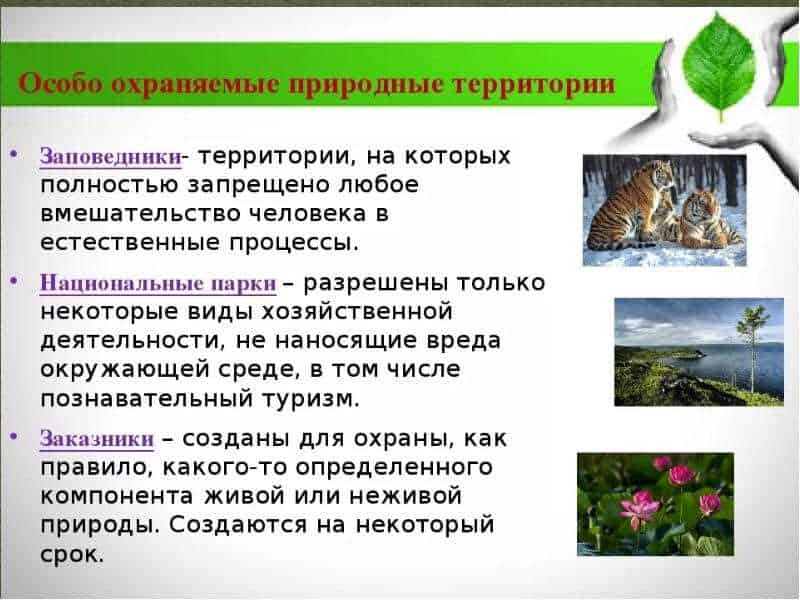
Butterflies play an important role in dust transport, which is an integral part of the pollination process in plants. Pollen, containing the male sex cells of plants, is carried from one flower to another through the activity of insects, including butterflies.
Butterflies feed on flower nectar not only to obtain nutrients for their survival, but also to carry pollen on their bodies. When a butterfly visits another flower, the pollen can remain on its stigma, the female part of the plant, leading to fertilization and seed formation.
Thus, butterflies contribute to the diversity of the plant world, helping in the reproduction and renewal of plants. They can also be important pollinators for certain plant species that depend on certain butterfly species for their reproduction.
Plant distribution:
Plant dispersal is an important aspect of biodiversity that relies heavily on the activities of butterflies. Butterflies act as pollinators and help transfer pollen from flower to flower, ensuring fertilization of plants and the formation of new fruits and seeds.
Pollination by butterflies allows plants to reproduce and spread to new territories. Thanks to this mechanism, plants can migrate to new ecosystems and adapt to changing environmental conditions.
Some species of butterflies have very narrow preferences in the choice of plants for food. For example, caterpillars of the monarch butterfly feed exclusively on euphorbia plants, while caterpillars of other butterfly species may be specialized for certain plant species.
Thus, butterflies play an important role in the distribution of plants and the maintenance of biodiversity. They promote plant reproduction and range expansion, and help balance plant and insect populations in an ecosystem.
Significance for feeding birds and insectivores:

Butterflies play an important role in the diet of birds and insectivores. They are a food source for many bird species such as waxwings, mockingbirds and tits. Birds use their witty abilities to catch butterflies in flight or collect their caterpillars from plant leaves.
Insectivorous animals such as frogs, lizards, and bats also rely on butterflies for their diet. They actively hunt butterflies, using their unique adaptations and senses to capture them. Some insectivores prefer to feed on butterflies at an early stage of development when they are in the form of caterpillars.
It is important to note that butterflies are also a food source for other insects such as spiders and beetles. They play a role in the food chain, maintaining a balance in the ecosystem and contributing to biodiversity in nature.
Environmental health indicator:
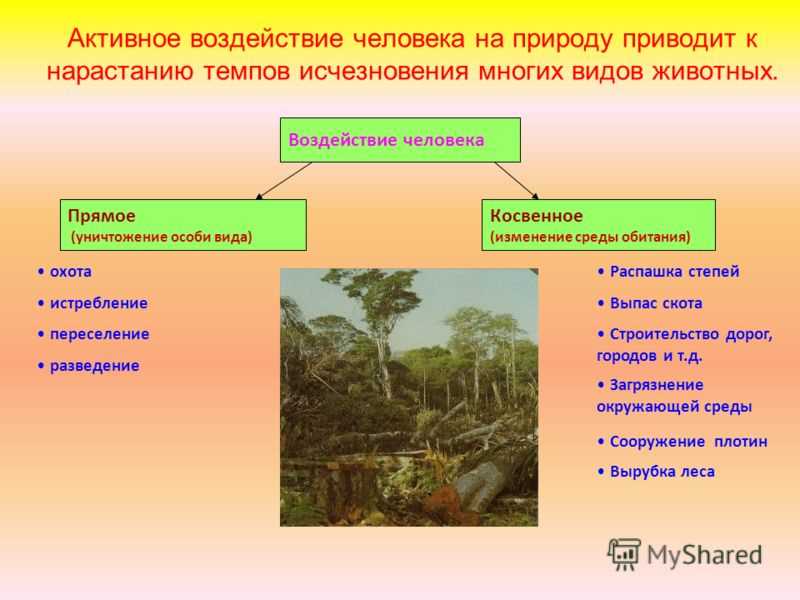
Butterflies are an important indicator of ecological health and biodiversity. They are sensitive to changes in the environment and can serve as indicators of ecological balance. Understanding the abundance and diversity of butterflies allows you to assess the state of the ecosystem and determine its resistance to climatic and environmental threats.
Butterflies play an important role in plant pollination, which contributes to the conservation of biodiversity. They carry pollen from one flower to another, providing pollination of plants and the formation of new seeds. Thanks to this process, the diversity of the plant world is preserved and the ecological balance is maintained.
Climate change and environmental threats are having a negative impact on butterflies and their habitats. Rising temperatures, reduced rainfall, the use of pesticides and the destruction of natural habitats lead to a decrease in the number and diversity of butterflies. This can have serious implications for biodiversity and ecosystem resilience.
To assess the indicator of ecological health, it is necessary to monitor the abundance and diversity of butterflies. This will make it possible to determine trends in their population change, identify threats and develop measures for their conservation. It is also important to conduct research on the restoration of butterfly habitats, the creation of reserves and the improvement of conditions for their reproduction and stay.
Thus, butterflies play an important role in the protection of biodiversity and are an indicator of ecological health. Their abundance and diversity reflect the state of the ecosystem and make it possible to determine the level of resilience to climate change and environmental threats. To save butterflies, it is necessary to monitor their population, develop measures for their protection and create conditions for the restoration of their habitats.
Participation in the pollination of crops:
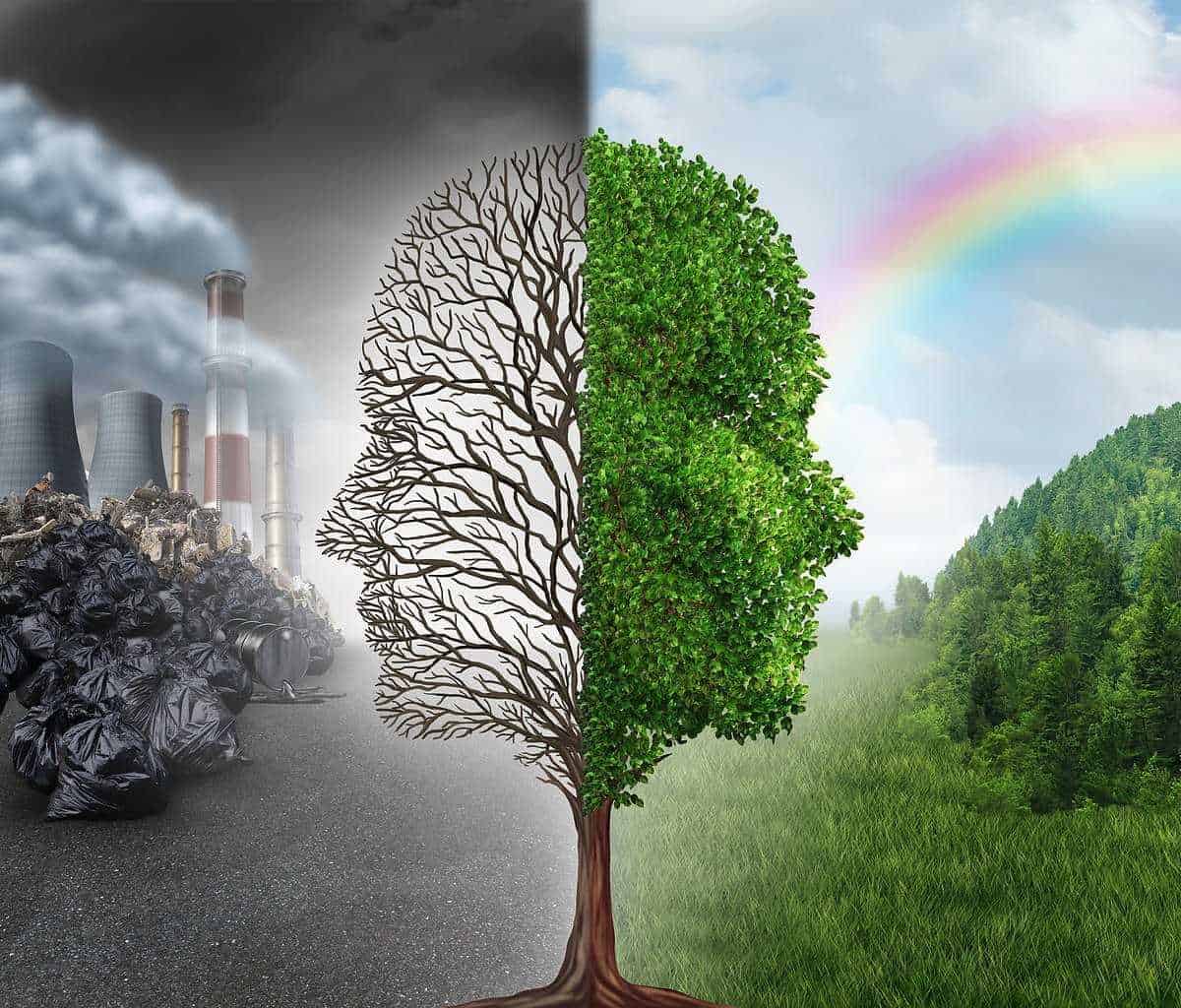
Butterflies play an important role in the pollination of crops. They are one of the main pollinators of plants, contributing to plant reproduction and crop formation. Many species of butterflies feed on the nectar of flowers, while on their chest they have pollen grains that are transferred from flower to flower, providing pollination.
Thanks to their vigorous activity in the distribution of pollen, butterflies increase crop yields. They contribute to the complete pollination of plants, which affects the formation of fruits and seeds. Thus, the participation of butterflies in pollination helps to maintain and improve the quality of the crop, ensuring food security.
However, in recent years there has been a decline in butterfly populations and their contribution to crop pollination. This is due to the destruction of their natural habitat, the use of pesticides and intensive farming. To conserve biodiversity and ensure effective pollination of crops, it is necessary to take measures to preserve and restore habitats of butterflies, as well as reduce the use of chemicals harmful to them.
Pest Prevention:

Butterflies play an important role in preventing the breeding of pests that threaten biodiversity. They function as natural predators that control the population of harmful insects.
One way to prevent the reproduction of pests is to attract butterflies to gardens and orchards. To do this, you can create favorable conditions for the life and reproduction of butterflies, for example, plant plants on which they can suck nectar and lay eggs.
Important to remember:
- Choose plants that attract butterflies and are a major source of food for them.
- Take into account the seasonal variety of flowers and provide butterflies with food throughout the year.
- Provide butterflies with places to rest and breed, such as rocks or sandy areas.
You can also use biological pest control methods based on the use of butterflies and their caterpillars as natural enemies of harmful insects. For example, instead of chemical pesticides, biological products based on bacteria or viruses can be used, which only infect pests and do not harm beneficial insects, including butterflies.
Thus, butterflies play an important role in preventing pests from breeding and maintaining balance in ecosystems. The conservation and protection of butterflies is directly related to the conservation of biodiversity and the maintenance of ecological balance.
Creating a favorable environment for other insects:

Butterflies play an important role not only in maintaining their biodiversity, but also in creating a favorable environment for other insects. They are important pollinators of plants, which contributes to their reproduction and conservation. Because of this, butterflies help maintain populations of other insects that also play an important role in the ecosystem.
One example of such insects are bees. Butterflies and bees together create a favorable environment for plant pollination. Bees collect nectar and pollen, and butterflies do the same. Thus, butterflies and bees cooperate to provide pollination of plants, which is important for the conservation of biodiversity.
In addition to bees, the environment created by butterflies is also favorable for other insects such as wasps and beetles, which are also important pollinators. Butterflies attract a variety of insects to the environment, which contributes to the diversity and richness of the ecosystem.
Ecosystem change indicator:

Butterflies are an important indicator of changes in an ecosystem, as their presence and diversity reflect the state of the environment. They are sensitive to climate change, pollution, habitat loss and pesticide use. If butterflies disappear from a certain area, this may indicate serious problems in the ecosystem.
Many species of butterflies are highly specialized and depend on certain types of plants to survive and reproduce. If plants that serve as food for butterflies disappear due to climate change or other environmental threats, then butterflies lose their food sources and places to lay eggs, which leads to their reduction and extinction.
The decrease in the number of butterflies can also be due to the use of pesticides, which destroy their larvae and adults. Butterflies are important pollinators of plants, and their extinction can lead to a decrease in the abundance of other living organisms in the ecosystem.
By monitoring the population and diversity of butterflies, we can assess the health of the ecosystem and take action to protect it. Protecting butterflies and their habitats will help conserve biodiversity and ensure the sustainable functioning of the ecosystem.
Creating the beauty and aesthetics of nature:
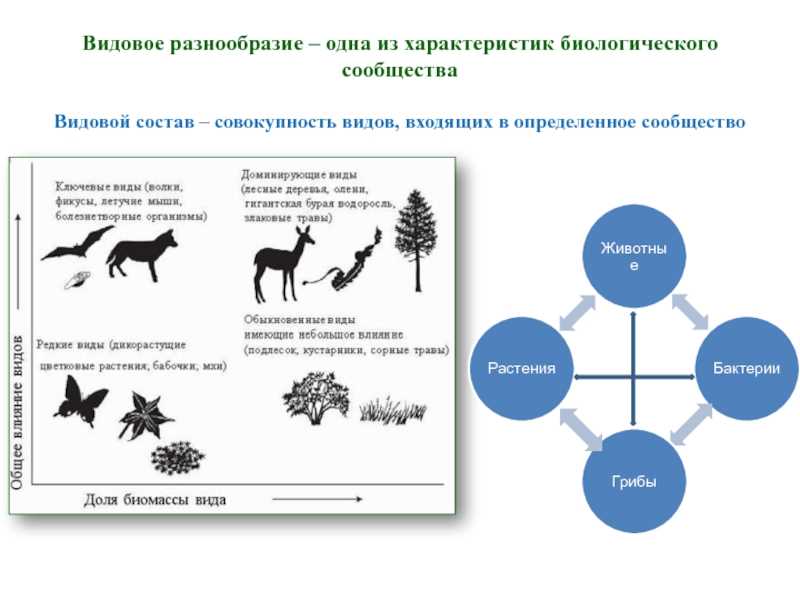
Butterflies play an important role in creating the beauty and aesthetics of nature. With their colorful wings, they are living works of art that adorn the world around them. The variety of colors and patterns on their wings inspire us with their uniqueness and grace.
Butterflies also play the role of pollinators for many plants, which contributes to the diversity of flora and the conservation of biodiversity. They carry pollen from one flower to another, providing fertilization and the possibility of plant reproduction. Through this process, we can enjoy beautiful and fragrant flowers in our gardens and parks.
In addition, butterflies are indicators of the state of the environment. Their presence or absence may indicate the quality of the ecosystem. If the number of butterflies is declining in a certain region, this may be a sign of an imbalance in the ecological balance and a deterioration in the living conditions for other species.
Research Source:
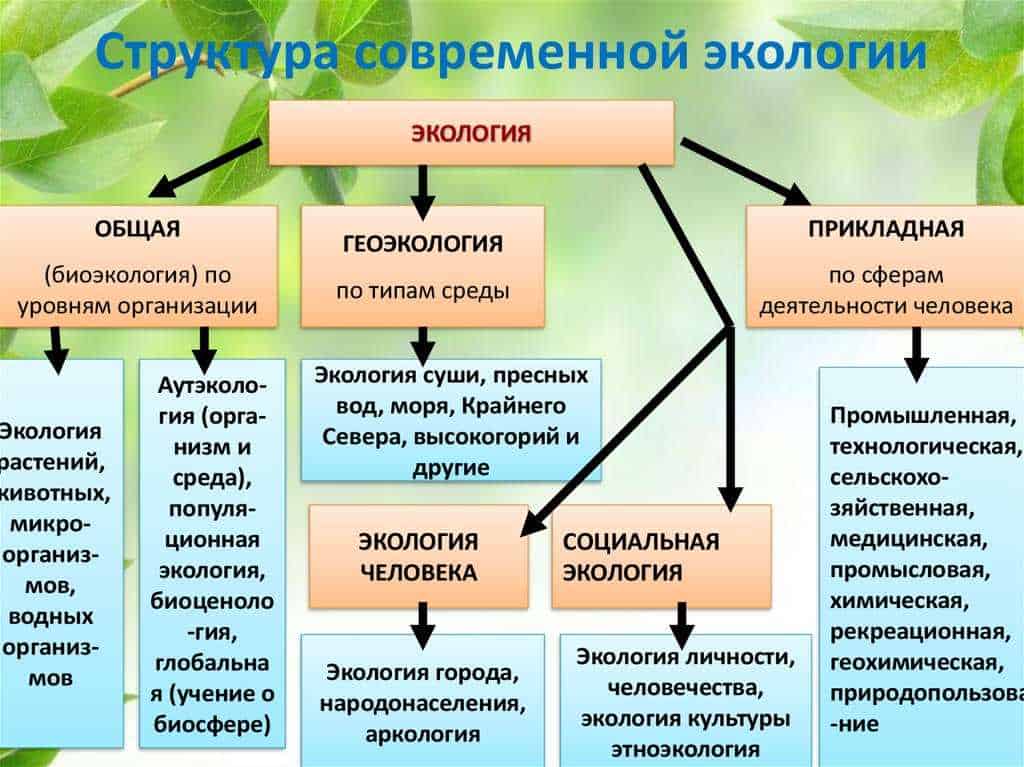
University laboratory for the study of butterflies and their role in the ecosystem
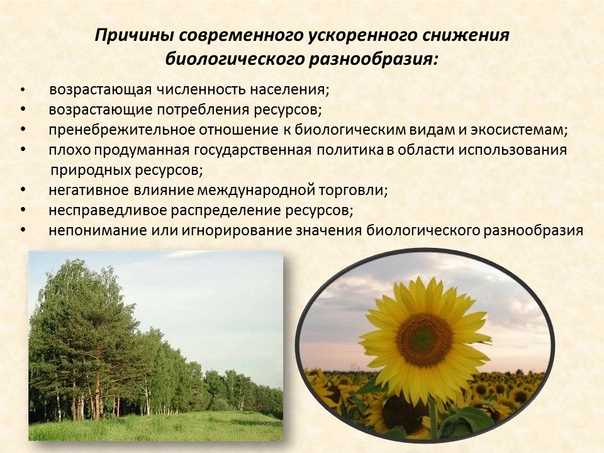
The university laboratory conducts many scientific studies on the role of butterflies in protecting biodiversity and combating climate change and environmental threats. One of the main areas of research is the study of the interaction of butterflies with other organisms in the ecosystem.
Scientific experts establish a relationship between the presence of butterflies and biodiversity in a given area. They find out which species of butterflies are key plant pollinators and how their presence affects the diversity and abundance of plants in the environment.
Studies on the impact of climate change on butterfly populations

Scientists are studying how climate change is affecting butterfly populations. They analyze data on the distribution and migration of butterflies in different regions and assess which species may be most vulnerable to changes in temperature and precipitation.
The researchers are also studying the impact of climate change on the seasonality of butterflies and their interaction with plants. They are investigating how climate change can affect the timing of the breeding and emergence of butterflies, as well as the timing of their activity with flowering plants.
The role of butterflies in the fight against environmental threats
Research also aims to reveal the role of butterflies in combating environmental threats such as pollution and the destruction of natural habitats.
Scientists are studying which types of butterflies are able to survive in a polluted environment and can serve as indicators of environmental quality. They are also investigating which species of butterflies may play an important role in the reconstruction of natural habitats and the restoration of biodiversity after environmental disasters.
Read more:
